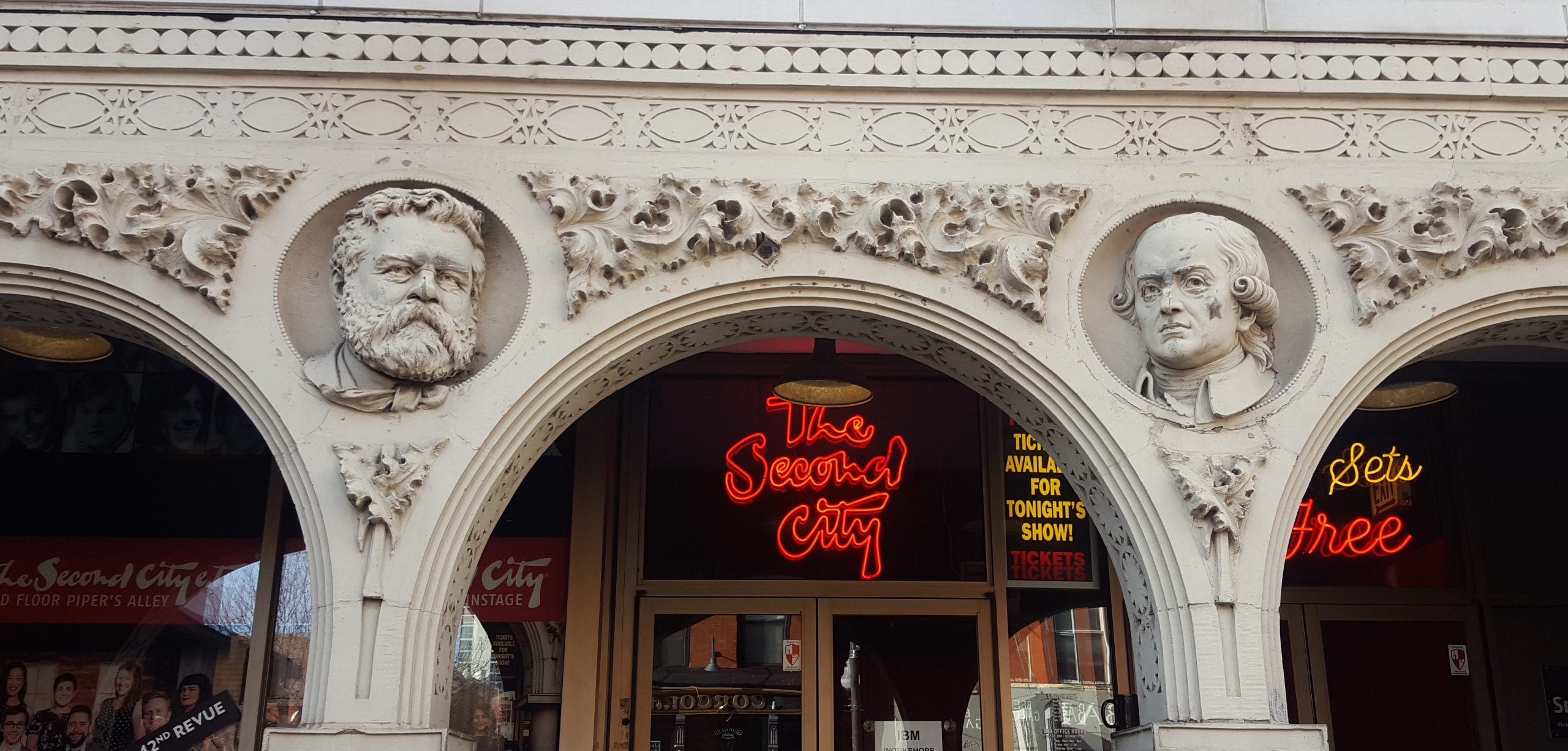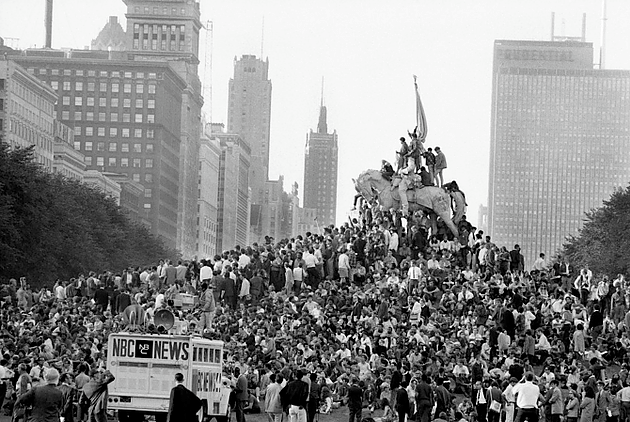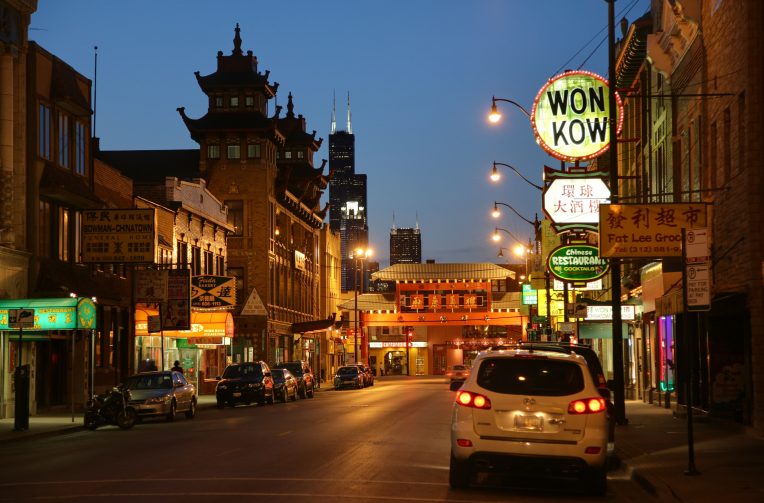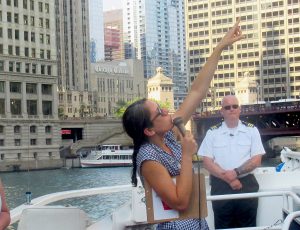Have you ever been to the Harold Washington Public Library? It’s that giant building on the corner of State and Van Buren. Like most Chicagoans, I have been to this particular library to see an author or to read, and when I was young I checked out books there with my father. Beyond that, though, I haven’t ever lingered at the Harold Washington Library Center, the world’s largest public library. This visit I was coming to get my feet wet doing archival research in the library’s Special Collections room located on the 9th floor.
Where to Find the Special Collections
I entered the building through the Grand Lobby. At the eighth floor, the escalators stopped, and I asked a security guard where I could find the archives. “You mean the Special Collections?” he asked. I said yes, and he looked at his watch. “Yes, it is open now,” he said (the room holds very particular hours). Then he said, “Let me just take you up there because it can get kind of confusing if you’ve never been.” So I followed my guide to the north wall on the eighth floor past a wonderful little exhibit on Howlin’ Wolf, and up another escalator to the 9th floor.
While we rose, he asked me how I was doing. I said I was doing OK. Then he said “I used to be that way; now everyday I’m great. It makes life a lot easier.” We passed through an exhibit hall featuring Harold Washington’s life and legacy, the Winter Garden, then, through a small glass door with a sign hanging from it that said “OPEN.” I entered the archives with my zen tour guide.
The Wonderful Winter Garden
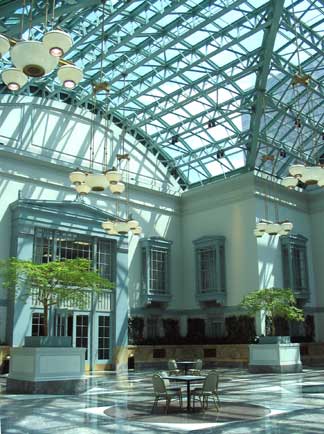
The Chicago Special Collections Room is small, but the architecture impressive; one wall is flanked by windows, so the place needs little light other than bright gray Chicago sky. Against these windows, a series of busts look over the researchers. A sign on the wall says that the maximum capacity for this room is 44. In one little corner a designated “Laptop Table” offers access to one of the few plugs in the room.
The archives allow only the use of pencils and paper. This, a friendly staff-woman explained, is because ink easily smears and might damage materials in the collection. I think I might be the only adult who still uses pencils on a regular basis, so I was quite at home in this quiet, cordless atmosphere. There is a sense of timelessness here, as though the room would have looked exactly the same in the Chicago of the 50’s.
The room’s ceiling is very high, and dim, giant lamps hang up there like fruits. Next to a painting by e.e. cummings, there is a glass case that holds about 150 books. These books were donated to Chicago after the disastrous Great Chicago Fire of 1871. This collection, which we talk about on the Loop Interior Architecture Walking Tour symbolizes the new beginning of the Chicago public library, and are preserved with their original spines.
Conducting Archival Research
After putting my coat and bag in a locker, I started my research on Chicago’s fertile past in this intimate and historic setting. A couple other people were in the room, sitting at the wooden tables. The staff-woman returned from behind a mysterious door, and provided someone with a fragile book. She also placed a small, white pillow on the table. “What the heck is that for?” I wondered. Then I saw her gently karate chop the center of the pillow, creating a perfect resting place for the spine of the book. She placed the book on the pillow and instructed the reader, “Please don’t open the book more than it wants to go.”
The delicacy and care with which everyone was handling this book immediately made me want to stand up and look over the man’s shoulder at the title. It must be some precious artifact from centuries ago. But when I looked again, it just seemed like an old book. An old book of Carl Sandburg poems. I was comforted to know that even books in very good condition are treated delicately, since the plan is to keep them around forever.
Though I will go into more detail about the materials I handled in my next post, I want to clarify that the archives are open to the public. Anyone can visit during the designated hours. You simply have to know what to look for. Want to learn how to search for and acquire material to view? I will explain in the next post, and I can’t wait to tell you about a very peculiar postcard from the 1893 Chicago World’s Fair.


